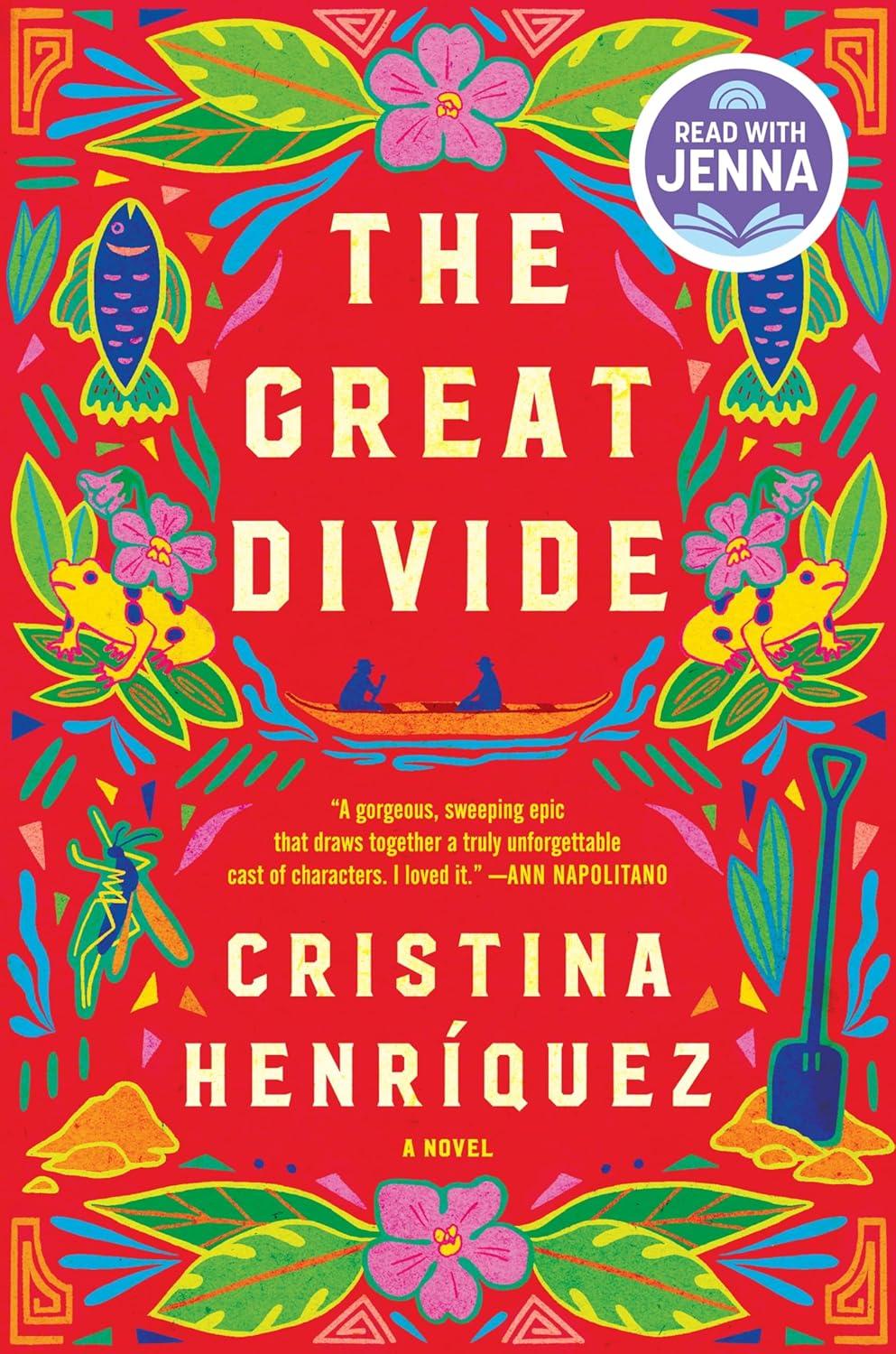When America was divided

 Ecco
EccoCristina Henríquez | The Great Divide | Ecco | 336 pages | 24 USD
For around forty years, I unhesitatingly said 'America' when I was actually referring to the USA. It was a student intern, whose parents had emigrated to Germany from one of the Central American countries, who made me aware of the colonial ignorance that is part of the standard repertoire of the US self-image: 'We are America!' Culturally ignorant myself or just old and forgetful, I can no longer remember his parents' country of origin or his name. Nevertheless, that encounter left its mark. Today, if I hear someone say 'America' when they mean the USA, I correct them.
This is probably entirely in the spirit of the American author Cristina Henríquez, who set her novel The Great Divide at what is probably the most important intersection of the American double continent - the Panama Canal. Like so many enormous engineering projects of the modern era, the construction of the canal was carried out with technocratic ruthlessness in the first two decades of the 20th century. Henríquez counters the usual geopolitical and strategic narratives about the canal's significance with a tangle of multi-layered individual stories.
There is, for example, 16-year-old Ada, who comes from Barbados to earn money through the project for her sister's operation. Francisco, a melancholy fisherman who almost loses his son Omar to the canal construction. John, an American scientist who wants to eradicate malaria and loses his wife Marian in the process. Or Valentina, who is torn from the monotony of her daily life when she organises a protest against the planned forced resettlement of her birthplace.
Henríquez, the daughter of a Panamanian father and an American mother, offers a different perspective from the colonial view of the canal from the USA, currently so popular again in Washington. For those who look at the canal from the south or from the centre of the double continent see division rather than the unity that should actually be the essence of a canal. A brief look back: the secession of the former province of Panama from Colombia was only made possible by a US military intervention in 1903. In that same year, the US government concluded the so-called Hay-Bunau-Varilla Treaty with the new governors, which established a US zone of sovereignty around the planned canal construction. Construction began in 1904 under the supervision of US Army engineers. As early as 1914, the first ship had navigated the 82-kilometer-long waterway. The stories in the novel are set within the 10 years between the start of construction and its completion.
What is an incredible success story from a colonial perspective is stripped back to its socio-economic core in Henríquez's text: the construction of the canal is nothing more than another act in the endless spectacle on the world stage. In the middle of America, people toil, love, betray, die, hope and - with a little luck - survive. The pattern of racism deeply woven into everyday life is omnipresent, women are at best relegated to representative supporting roles and democratic rights of co-determination only apply, if at all, to the builders.
Cristina Henríquez has conducted meticulous research for her novel. She attempts to harness this profusion of material with a literary realism reminiscent of the socially critical novels of the 19th century. Her forays into the magical realism of South and Central America generally fade after several pages, merging into the general narrative flow. The great merit of the novel, however, is that it weaves many small stories into a broad picture of this huge project of the last century, which continues to divide the double continent to this day.



